Galileo Datalogger
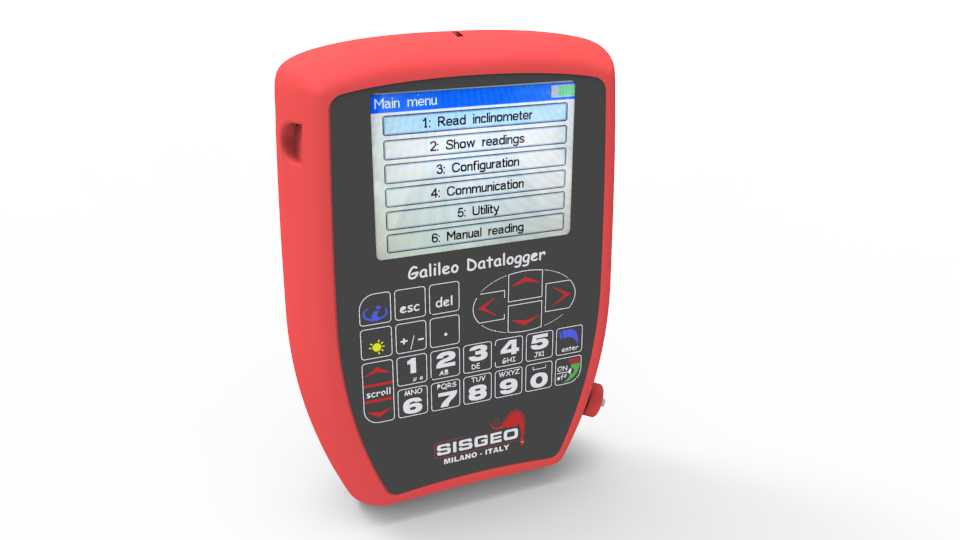
Reference products codes: CDL, CDL100 Galileo is part of the CDL datalogger line, designed for read and acquire data from vibrating wire instruments. The main features of Galileo are the wide LCD color display, the 2GB internal memory, the double 24 bit A/D converter and the powerful CPU. It is supplied with the carring bag, […]
Rome Underground – Line C – Italy
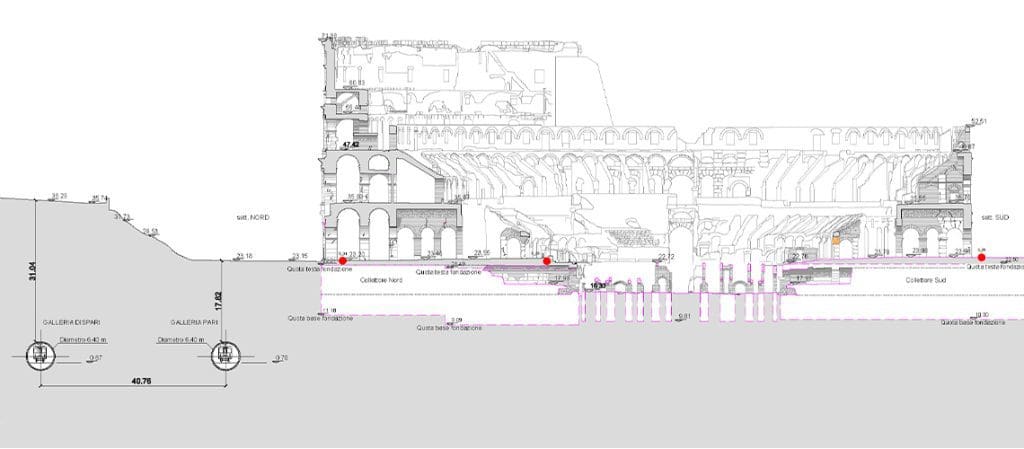
Rome metro Line C runs through the city from North-West (Della Vittoria district) to the eastern suburb and is extending beyond the Grande Raccordo Anulare.Line C has a full-run of 25,6 km and 30 stations, passing through the old town centre.The Route will be characterised by the green colour. The interchanges with the other metro […]
Sogamoso hydroelectric project – Colombia
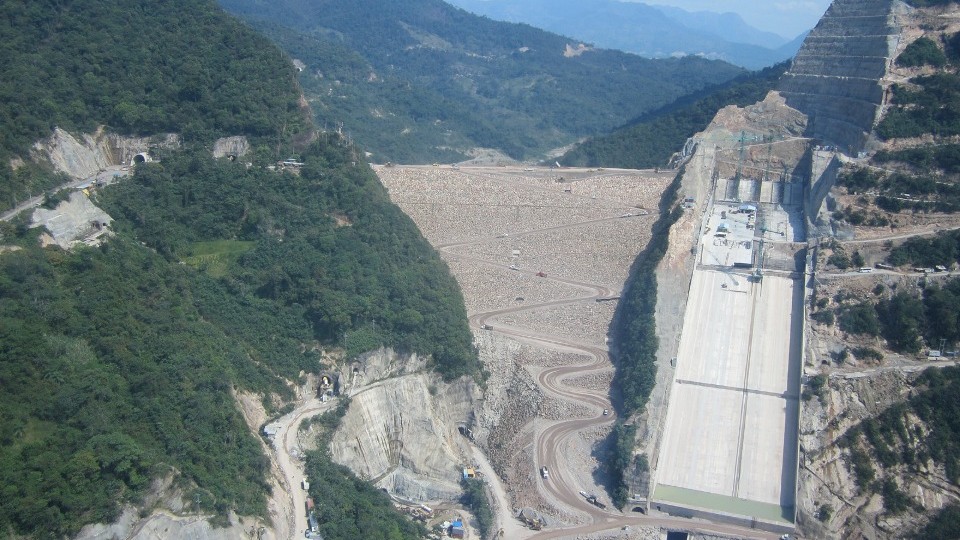
Sisgeo worked on the hydroelectric project on Sogamoso river, through Monitoriza, a company of Sisgeo group. Sisgeo supplied and installed all the equipments necessary for this project, located in the north-western area of Colombia, at about 40 km from Bucaramanga. The project concerns the building of a dam 190mt high and 300mt long, of a […]
Monitoring works for the 2014 Sochi Winter Olympic Games – Russia
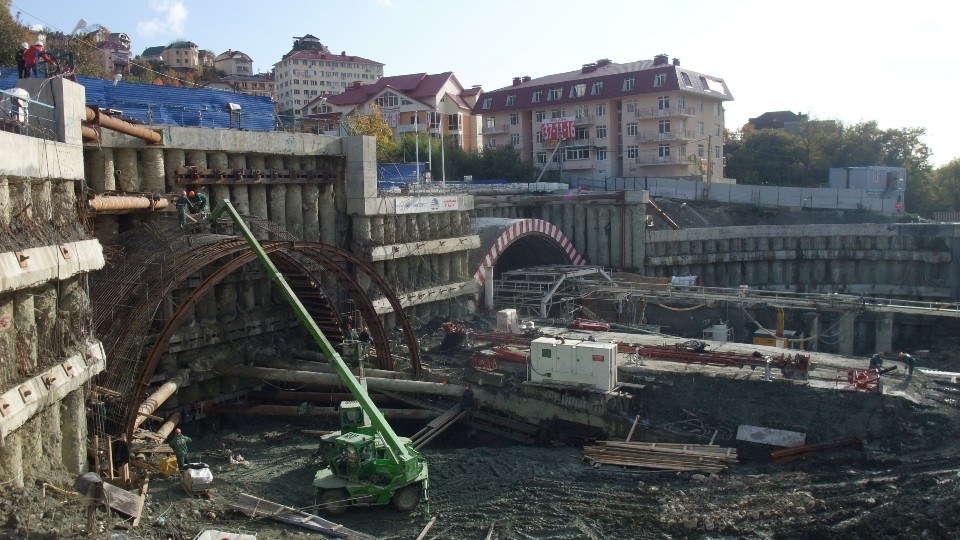
Sisgeo, thanks to the collaboration with its Russian partners AGT Systems and GPIKO, furnished and installed all the equipments necessary to monitor the most important road and railway works that are under construction in Sochi area, that is the neural centre of 2014 Winter Olympics.The monitored works are: retaining walls for the protection of roads, motorways […]
El Quimbo Hydroelectric project – Colombia
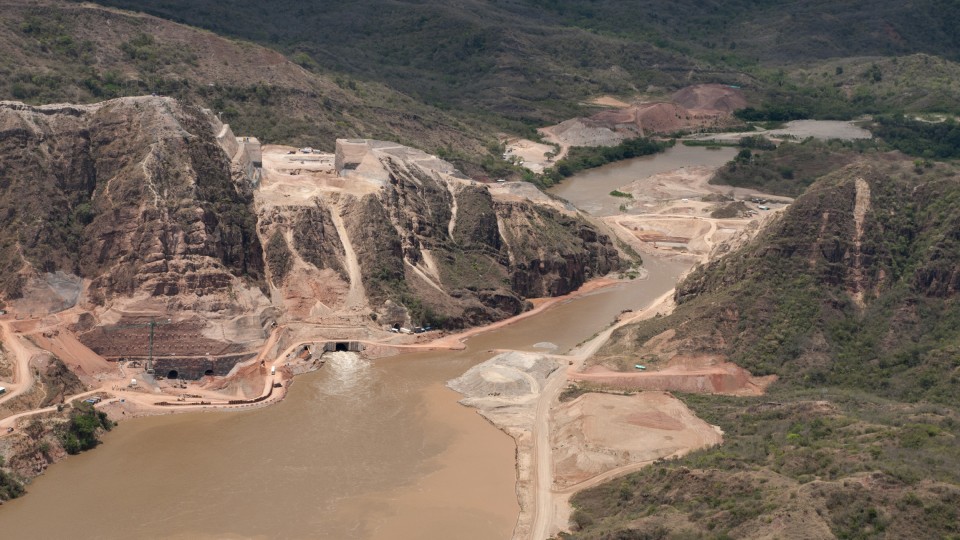
Impregilo is realising in Colombia the hydroelectric power plant of El Quimbo on Magdalena river (in Huila region), on behalf of EMGESA, that is the biggest electric company of the country. The agreement is worth about 250ml of euro. The power plant will have an installed capacity of 400MW. The project includes the building of […]
FAQ#032 – Which is the reading method of the new generation of SISGEO vibrating wire readouts and loggers?
For VW sensors Sisgeo has developed automatic algorithms to search for the resonant frequency in case of environmental noise or poor signal. In this way you can distinguish between the natural frequency of the sensor and the frequency of the noise, thereby reducing measurement errors and false alarms. This method also provides improvement in the […]








